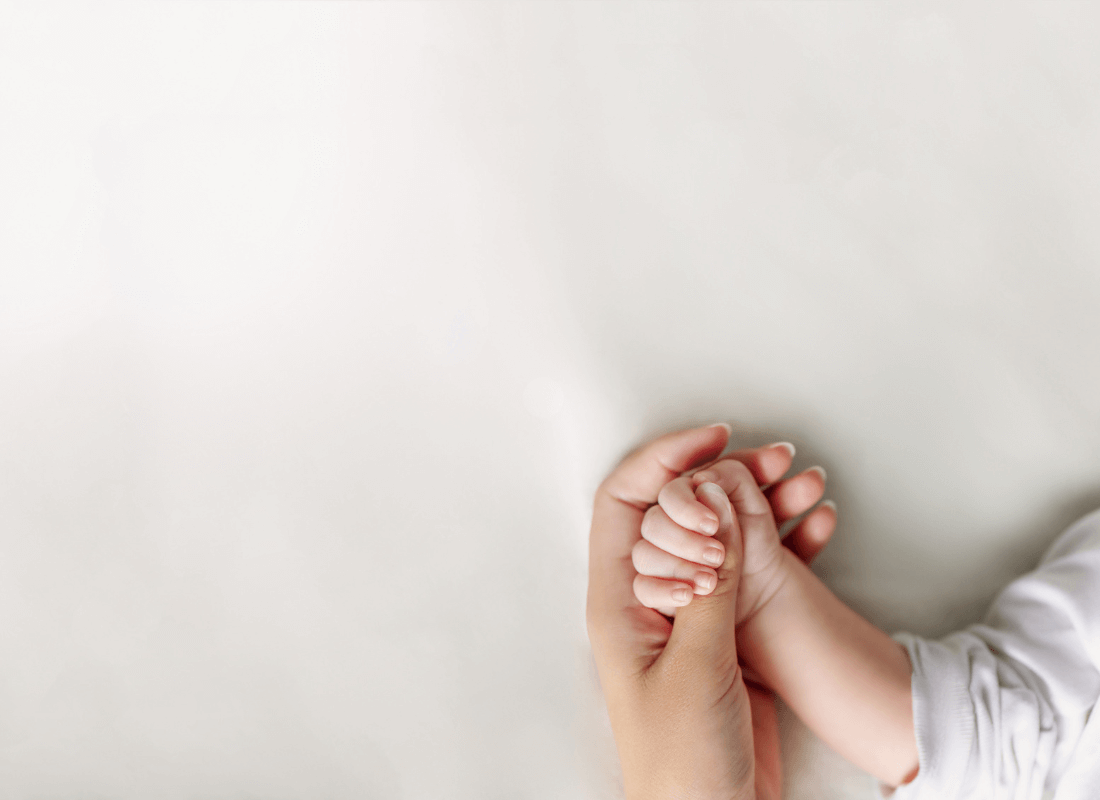
What Happens if Baby Oxygen Levels are Low?
|
Time to read 3 min
|
Time to read 3 min
Many things can affect your or your baby’s oxygen levels. Some are completely normal and healthy while other things can be a cause for concern. Babies generally have a higher baseline oxygen level than adults. They should typically be above 93% oxygen, but many things can affect oxygen and not all are concerning or even in your control.
Where you live can play a huge part in oxygen levels. Higher altitudes contribute to lower baseline oxygen levels. Knowing your baby’s baseline oxygen is a personalized approach to monitoring your baby’s specific oxygen levels.
Following your baby's personal trends will give you the best insight into your baby’s health and overall well being.
Even a healthy baby can have periods where their breathing stops and starts, this is called an apnea. Apneas are common in the newborn period and decrease as your baby develops and grows. There are different types of apnea but all can occur during the infant stage and can be completely healthy and normal.
With apnea, your baby’s oxygen level will drop but likely will recover or rebound to its normal level. As your baby’s brain and muscles mature, their instances of apnea will decrease. If you notice a trend in your baby’s oxygen that looks closer to a rollercoaster, rather than a consistent line with some short dips, then you may want to reach out to your pediatrician.
Babies are obligate nose breathers, meaning they have a physiological necessity to breathe through the nose as opposed to breathing through the mouth until they are closer to 3-4 months old. This can mean that even slight nasal congestion can really affect their breathing and oxygen levels. This can be where some saline and bulb syringe can be a life saver! Just a couple drops of saline in your baby’s nostril can help break up their mucus making your bulb syringe suction even more productive and successful! It’s amazing how many boogers those cute button noses can hold!
Using a humidifier in their room can also help keep their nasal passages open, making it a bit easier for them to breathe. When your baby is sick, you might notice a lower baseline oxygen level than their normal. If your baby’s baseline is below 89%, it may be time to reach out to your pediatrician.
Experts everywhere recommend back to sleep and tummy to play to reduce the risk of SIDs and keep your baby safe. But there’s more to it than that! Your baby’s airway is like a small straw, it can easily be kinked making it difficult for your baby to breathe. Your baby’s head is pretty big for their little body and their necks don’t quite have the muscle strength it needs to protect their airways. This is why items such as incline sleep mats or baby sleeping pillows are not safe and why it’s recommended to have a firm mattress.
A firm mattress gives their head and neck the support it needs to keep their head in a position that keeps their airway open, making breathing easier and keeping their oxygen levels stable. Always lay your baby on their back for sleep, but if they start rolling over, you will find they may not prefer to stay that way! If they roll to their sides or on their stomach on their own, then it’s perfectly safe for them to sleep that way.
Being able to get themselves in those positions means that they have the muscle strength to support their airway. Be sure to have nothing in the crib except your baby, especially when they start rolling.
Understanding your baby’s oxygen level and how it can change based on sleep, sickness, or development, is an important step toward feeling confident as a parent. Following your baby's personal trends will give you the best insight into your baby’s health and overall wellbeing. For those who want to stay more connected to their baby’s wellbeing, tools like Dream Sock® can offer additional support.
Dream Sock® is a medically-certified baby monitor that tracks your baby’s oxygen level, pulse rate, and sleep patterns throughout the night. By monitoring these vital signs in real-time, Dream Sock® provides parents with valuable insights into their baby’s health, helping them feel more confident and informed.